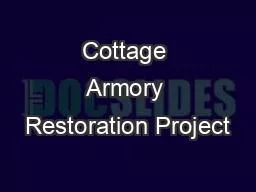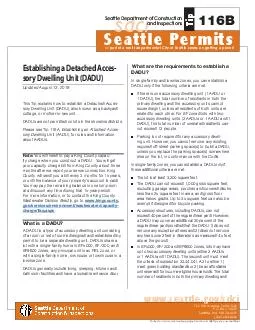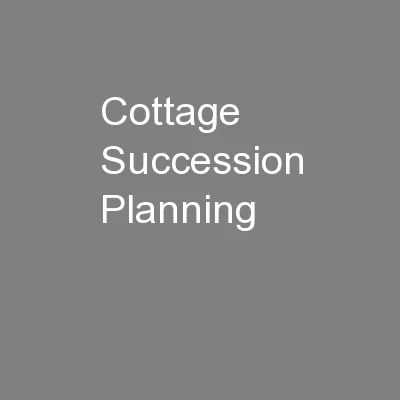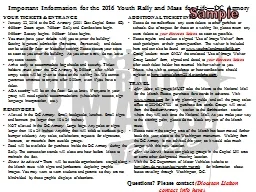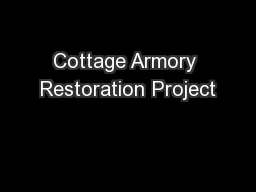PPT-Cottage Armory Restoration Project
Author : boyplay | Published Date : 2020-08-06
Lets Make History Lets Make History Intro to the Armory Project The City of Cottage Grove purchased the National Guard Armory in 2010 Goals for the Armory Project
Presentation Embed Code
Download Presentation
Download Presentation The PPT/PDF document "Cottage Armory Restoration Project" is the property of its rightful owner. Permission is granted to download and print the materials on this website for personal, non-commercial use only, and to display it on your personal computer provided you do not modify the materials and that you retain all copyright notices contained in the materials. By downloading content from our website, you accept the terms of this agreement.
Cottage Armory Restoration Project: Transcript
Download Rules Of Document
"Cottage Armory Restoration Project"The content belongs to its owner. You may download and print it for personal use, without modification, and keep all copyright notices. By downloading, you agree to these terms.
Related Documents

